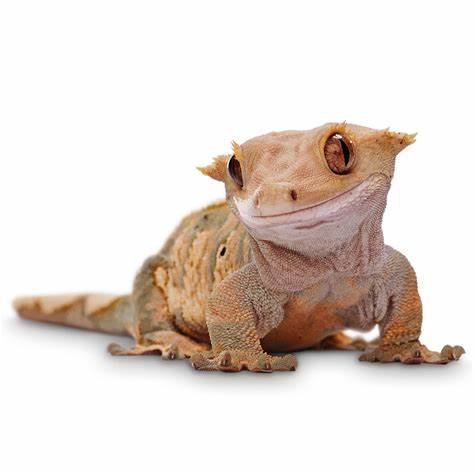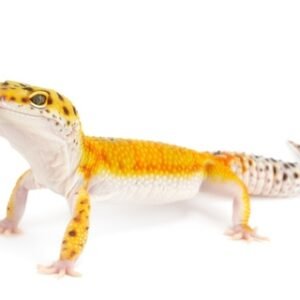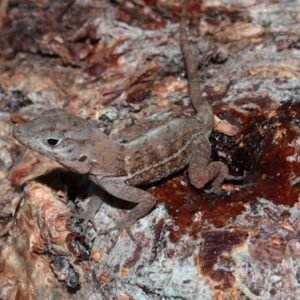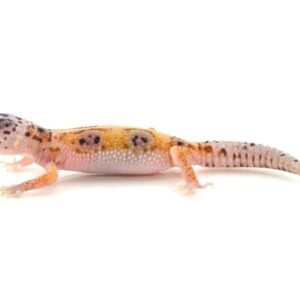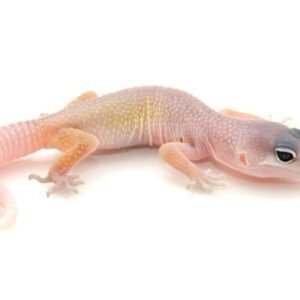Understanding Crested Geckos: Care and Habitat Requirements
crested geckos for sale , known for their vibrant colors and friendly temperaments, require specific care and habitat conditions to thrive as pets. To create an optimal living environment, it is essential to consider the appropriate tank size. A minimum of 20 gallons is recommended for a single adult crested gecko, with additional space required for every additional gecko. This space allows for adequate movement and exploration, contributing to their overall well-being.
When selecting substrate, it is advisable to use materials that facilitate humidity retention while ensuring cleanliness. Options such as coconut fiber, reptile carpet, or paper towels can provide suitable bedding. Additionally, incorporating climbing branches, ledges, and hiding spots is crucial. Crested geckos are arboreal by nature, so a vertical setup allows them to exhibit natural behaviors and engage actively with their environment.
Maintaining suitable temperature and humidity levels is vital for crested gecko health. Their ideal daytime temperature ranges from 75°F to 80°F, dipping slightly lower at night. As for humidity, levels should be maintained between 50% to 70%. Regular misting of the tank or the use of a humidifier can help achieve these conditions. Furthermore, while crested geckos do not require UVB lighting, providing a low-level UV source can enhance their overall activity and well-being.
Regular cleaning and maintenance of their enclosure are paramount to ensure a healthy habitat. This includes spot cleaning waste daily and performing a thorough clean bi-weekly to remove uneaten food and debris. These maintenance practices not only promote hygiene but also prevent potential health issues, ensuring that your crested gecko continues to thrive in a safe and clean environment.
Diet and Nutrition: Keeping Your Crested Gecko Healthy
Crested geckos require a well-balanced diet to thrive, ensuring they receive adequate nutrition for growth, health, and vitality. Their primary diet consists of commercially available crested gecko diets, often referred to as Pangea or Repashy powders. These mixes are formulated to meet their dietary needs and should constitute the bulk of their food intake. When preparing these diets, it’s essential to mix them with water to a yogurt-like consistency, making them easier for your gecko to consume.
In addition to commercial diets, fresh fruits can serve as a beneficial supplement. Safe options include mashed bananas, pureed peaches, and apples; these can provide natural sugars, vitamins, and hydration. Often, fruits contain essential nutrients that may be lacking in a dry diet. However, it is crucial to introduce any new food slowly and monitor how your crested gecko responds to prevent digestive issues.
Live insects such as crickets or mealworms can also be included in their diet, offering protein and variety. When providing insects, ensure they are appropriately sized, usually no larger than the width of your gecko’s head. Dusting the insects with calcium and vitamin supplements is important, especially for juvenile geckos requiring additional nutrients for growth and development. These supplements help prevent metabolic bone disease, a common problem in reptiles.
Feeding frequency can vary by age; babies need to eat daily, while adults can be offered food every two to three days. Monitoring portion sizes is crucial; overfeeding can lead to obesity, while inadequate portion sizes may cause malnutrition. Be mindful of common feeding mistakes. Avoid relying solely on insect proteins, which should only make up a small part of their diet. By maintaining a balanced and varied diet, you can help ensure that your crested gecko stays healthy and happy throughout its life.

